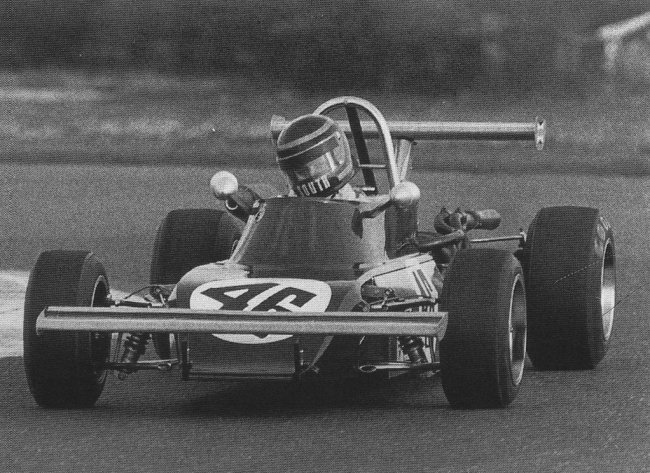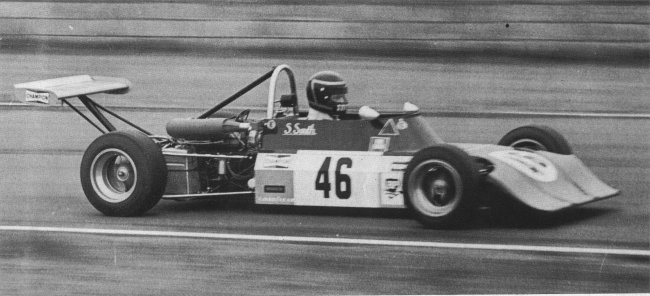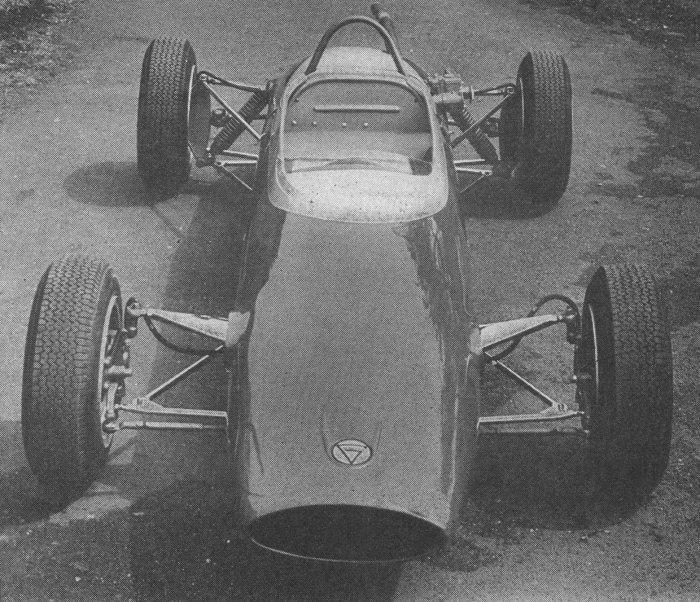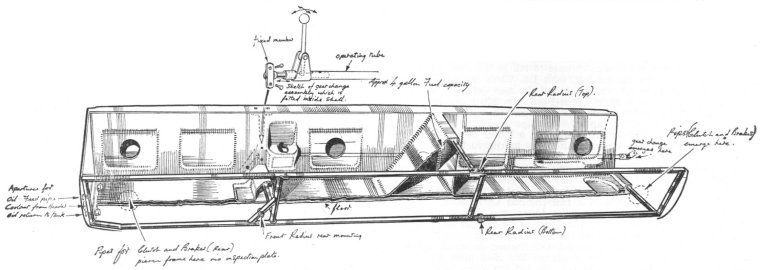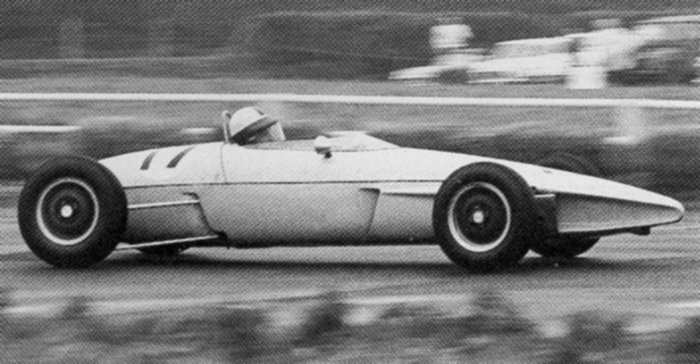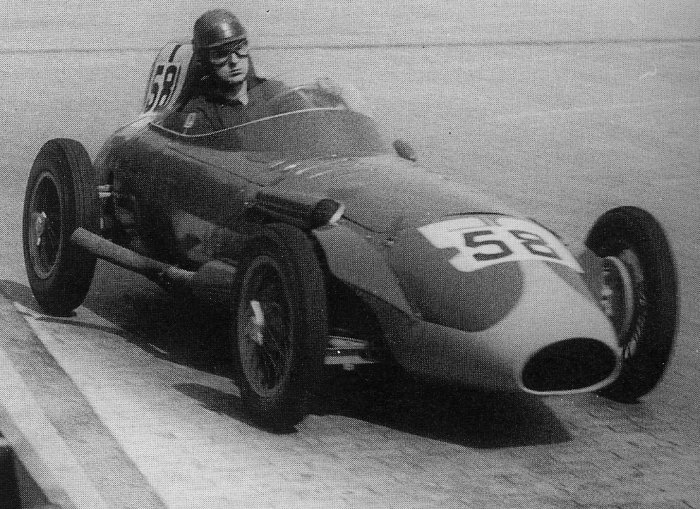Ginetta are most famous for their kit cars, their early models were based on Ford parts and the early cars were often successful in club racing especially the G4. The cars were designed and built by the four Walkett brothers, Bob, Ivor, Trevor and Douglas, at their base at Woodbridge in Suffolk, in the mid sixties they moved to Witham in Essex. More sports car with a competition bias followed and in 1964 a F3 chassis was built and work on a F2 car began. Later in 1969 a customer F Ford car, the G18, was built which showed some promise and another F3 car, the G19, based on the G18 was mooted but never built. In the same year Ginetta even announced the G20 a BRM V12 powered F1 car but this again never happened and Ginetta decided to concentrate on their kit cars and leave the world of single seaters.



